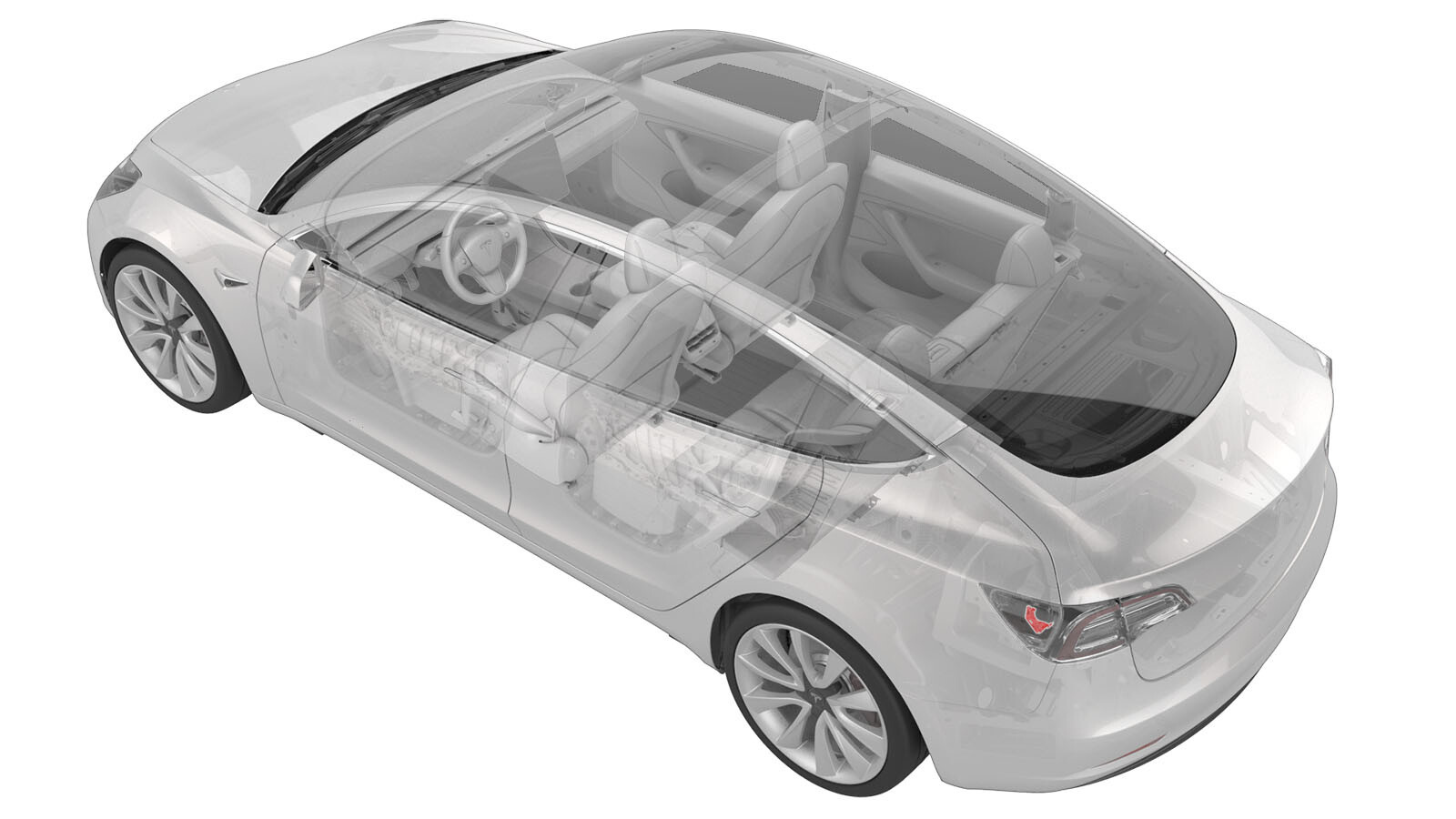Bride - barre omnibus - entre le port de charge et la batterie HT (triphasé) (retirez et remplacez)

Code de correction
44011902 0.60
REMARQUE : À moins d’indications explicites contraires dans la procédure, le code de correction et le temps forfaitaire ci-dessus représentent tout le travail à être fait pour cette procédure, notamment les procédures connexes. N’appliquez pas plusieurs codes de correction à la fois, à moins qu’il vous soit explicitement indiqué de le faire.
REMARQUE : Consultez Temps forfaitaires pour en apprendre plus à propos des temps forfaitaires et de leur création. Vous pouvez transmettre par courriel vos commentaires relatifs aux valeurs des temps forfaitaires à l'adresse ServiceManualFeedback@tesla.com.
REMARQUE : Consultez Protection individuelle pour vous assurer de porter l’équipement de protection individuelle adéquat lors vous effectuez la procédure ci-dessous. Voir Précautions ergonomiques pour consulter les pratiques de travail sécuritaires et saines.
Retirer
- Remove the 3-phase charge port to HV battery busbar safety cap. See Capuchon de sécurité - barre omnibus - entre le port de charge et la batterie HT (retirez et remplacez).
-
Remove the nuts (x2) that attach the charge port busbar leads to the charge
port assembly, and then remove the busbars from the charge port..
TIpL'un ou plusieurs des outils suivants sont recommandés :
- Douille longue de 10 mm
- Clé à cliquet à tête flexible/clé dynamométrique à tête flexible
-
Use a pick to gently release the tabs (x3) that attach the busbar retainer
bracket to the busbar bracket, and then remove the retainer bracket from the
vehicle.
NoteDo not pry with excessive force, as doing so could damage the brackets.
- Remove the busbar bracket from the charge port busbars.
Installer
- Perform a zero adjust of the Hioki resistance meter in preparation to measure resistances later in this procedure. See Compteur de résistance (réglage zéro).
-
Perform a torque check on the busbar studs on the back of the charge
port.
 2 Nm (1.5 lbs-ft)NoteSkip this step if installing a new charge port assembly.TIpL'un ou plusieurs des outils suivants sont recommandés :
2 Nm (1.5 lbs-ft)NoteSkip this step if installing a new charge port assembly.TIpL'un ou plusieurs des outils suivants sont recommandés :- Embout Torx T10
- Rallonge de 4 po
- Clé à cliquet/Clé dynamométrique
-
Clean the charge port busbar HV header at the back of the charge port
assembly with an IPA wipe.
TIpUse a plastic trim tool to push the IPA wipe into the crevices of the charge port busbar HV header.
-
Use an IPA wipe to clean all
residue and debris from the charge port busbar leads, and then air dry for 1
minute.
Figure 1. Busbar bracket design may vary - Install the busbar bracket on the charge port busbars.
-
Apply two drops of electrical joint compound on each of the charge port
busbar leads (x2), on the side that makes contact with the charge
port.
NoteMake sure the contact surfaces are completely covered with electrical joint compound.
Figure 2. Busbar bracket design may vary -
Install the busbar retainer bracket on the busbar bracket, making sure to
engage the locking tabs (x3).
NoteDo not pry with excessive force, as doing so could damage the brackets.
-
Install the nuts (x2) that attach the charge port busbar leads to the
charge port assembly.
 9 Nm (6.6 lbs-ft)NoteIf positioning the busbars requires excessive force, the busbars might be bent. Inspect for damage and replace the busbars if necessary.TIpL'un ou plusieurs des outils suivants sont recommandés :
9 Nm (6.6 lbs-ft)NoteIf positioning the busbars requires excessive force, the busbars might be bent. Inspect for damage and replace the busbars if necessary.TIpL'un ou plusieurs des outils suivants sont recommandés :- Douille longue de 10 mm
- Clé à cliquet à tête flexible/clé dynamométrique à tête flexible
- Put on HV insulating gloves and leather over gloves.
-
At the charge port, use the Hioki resistance meter to measure the
resistance between the charge port busbar lead and the charge port busbar
stud. Also perform this test on the other lead and stud.
NoteThe acceptable resistance is between 0.050 mΩ (50 μΩ) and 0.270 mΩ (270 μΩ). If the measured resistance is above 270 mΩ (270 μΩ), there is too much resistance in the High Voltage joint. Remove the fastener, clean areas with isopropyl alcohol, install fastener back and test again, as appropriate.NoteIf the resistance is lower than 0.050 mΩ (50 μΩ), reposition the probes and measure again. If after 4 attempts the resistance is consistently lower than 0.050 mΩ (50 μΩ), the test has passed; continue to the next step.
- Remove the HV insulating gloves and leather over gloves.
-
Install the busbar retainer bracket on the busbar bracket, making sure to
engage the locking tabs (x3).
-
Install the safety cap on the busbar brackets, making sure to engage the
two locking tabs.
- Install the LH trunk side trim. See Garniture - latérale - coffre - gauche (retirez et remplacez).
- Install the trunk sill trim. See Garniture - seuil - coffre (retirez et remplacez).
- Install the trunk floor trim. See Garniture - plancher - coffre (retirez et remplacez).
- Install the trunk garnish. See Garniture - coffre (retirez et remplacez).
- Install the LH rear sill panel trim. See Garniture - panneau de seuil - arrière - gauche (retirez et remplacez).
- Reconnect 12V/LV power. See Alimentation 12 V/BT (déconnectez et connectez).